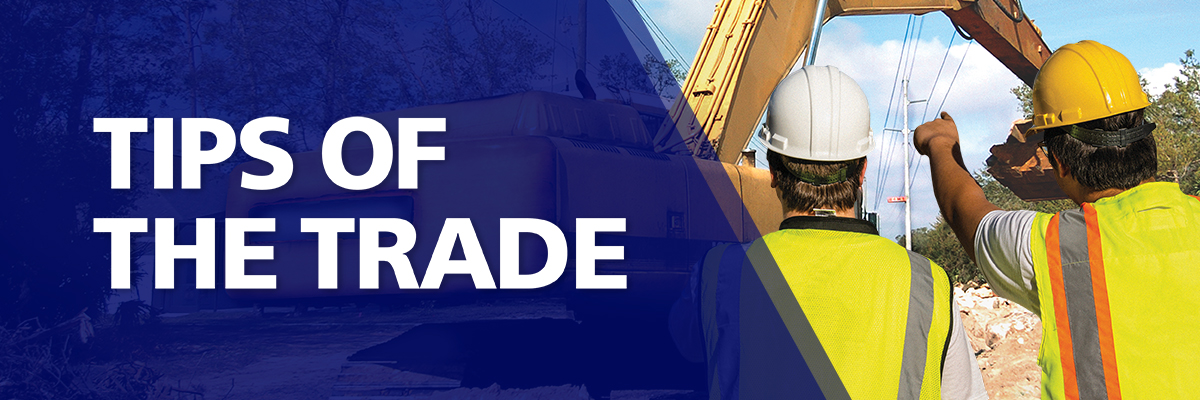|
 |
| If You Contact an Overhead Power Line |
|
| Contact with overhead power lines can result in serious injury or death. Safe work practices require that adequate distances be maintained at all times. Be sure you know what to do if equipment contacts a power line on your job site. |
| Order our FREE worker safety kit on the FirstEnergy e-SMARTworkers website. |
|
|
|
|
|
| Stay on the Equipment and Warn Others to Keep Away |
| Create an emergency plan and review it before work begins so that everyone knows what to do if their equipment contacts an overhead power line. Here are the critical steps: |
| • |
Move the equipment away from the line if you can do so safely. |
|
| • |
Remain on the equipment until utility workers say it is safe to get off. |
|
| • |
Warn others to stay away from the line and anything it is touching. Anyone who touches the line, the equipment, or even the ground nearby may be injured or killed. Distribution lines require at least 30 feet of clearance, while transmission lines require a minimum of 100 feet. |
|
| • |
Have someone call 911 and FirstEnergy immediately. |
|
|
| If You Must Exit the Equipment |
If fire or other danger forces you off the equipment: |
| • |
Do NOT touch the equipment and the ground at the same time. |
|
| • |
Jump clear and land with your feet together. |
|
| • |
Shuffle at least 30 feet away, from downed distribution lines and objects that may be energized keeping your feet close together and on the ground at all times. Transmission lines require a minimum of 100 feet of clearance.
|
|
| • |
Stay away. Do NOT return to the equipment until utility personnel tell you it is safe to do so. |
|
|
| Would You Like to Know More? |
| Additional utility safety tips, case studies, instructional videos, and educational tools can all be found, at no charge to you, on FirstEnergy's e-SMARTworkers website. |
|
